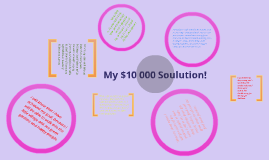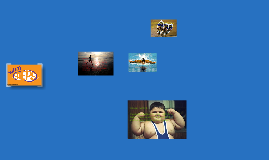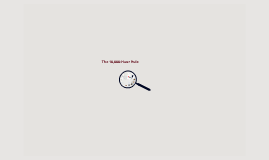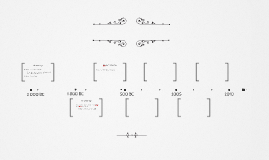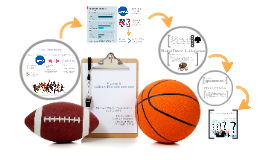$10 000 000
Transcript: If I had $10 000 000 Presented by Pahul Sri Lanka Sri Lanka Hotel Hotel Cammelia Hills hotel, Dickoya, Sri Lanka. It is a highly contemporary interpretation of a traditional tea bungalow, with just five bedrooms, set in lush gardens, with marvellous lake and hill views. Price: N/A PICTURES PICTURES Activity Activity Swim with blue whales!! Disney Cruise Disney Cruise Stuff to do: -Live shows Behold true Disney magic, where original musicals, award-winning live productions and variety acts are performed every night of the week. -Character experiences Kids clubs and autograph sessions are just some of the places to meet, greet and share hugs with some of your favorite Disney Characters. -Deck parties Be a part of the fun during open-air music and dance extravaganzas that deliver excitement with a dose of Disney enchantment. Pictures Pictures TOPIC 3 TOPIC 3 TOPIC 4 TOPIC 4








